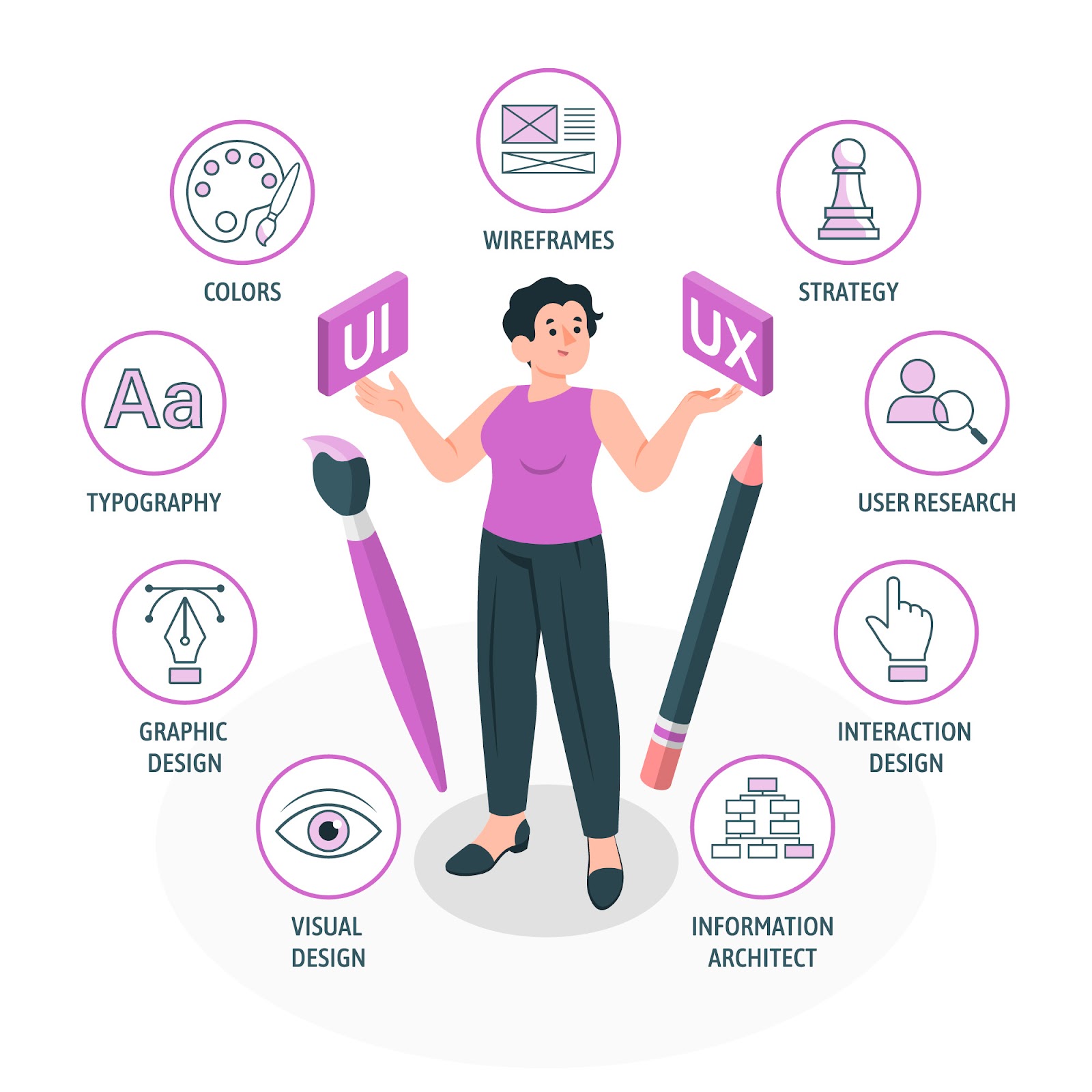Visual hierarchy in email signatures – how to direct the recipient's attention?
June 26, 2025

In this article, we show you how to apply UX principles and visual design logic to make your email signature an effective communication tool – whether you're talking about head office, a foreign branch, or the HR department.
What is visual hierarchy and how does it work in an email signature?
Visual hierarchy is a way of organizing graphic and text elements in such a way as to guide the viewer's eye. In the context of an HTML email signature, this means, for example:
- larger font for first and last name,
- highlighted logo,
- CTA (e.g., “Schedule a demo”) in a contrasting color button,
- links in less conspicuous places.
What you put at the top, in the middle, or in the e-mail signature has a real impact on what the recipient will notice and remember. And in B2B or HR communication, every decision can mean conversion – or lack thereof.
Hierarchy vs. type of communication: internal vs. external
With the help of serverside applications such as gSignature, it is possible to precisely set different versions of signatures for different groups of recipients. This opens the way to creating a context-appropriate hierarchy:
External communication:
- First level: contact details, logo, first and last name, position.
- Second level: CTA (e.g., link to an offer, consultation).
- Third level: company details, legal clause.
Internal communication:
- First level: first and last name, department.
- Second level: links to company tools (intranet, planner, calendar).
- Third level: clauses or links to HR documents.
This segmentation is possible thanks to centralized management, where the administrator can assign different templates to user groups, organizational units, or domains.
Key elements that build hierarchy
1. Font size and typography
The first and last name can be the largest text in the e-mail signature – this builds trust and personalization. Smaller fonts for secondary information (address, tax ID) allow the recipient to focus more easily on key information.
2. Color scheme and contrast
Using your company's color palette in your HTML email signature supports visual identification, but overly intense colors can be overwhelming. It is worth using colors strategically – e.g., a contrasting CTA button.
3. Spacing and margins
A signature that is too tightly packed looks messy. Appropriate spacing between blocks of text or graphics allows the eye to breathe and focus on important elements.
4. Icons and graphics
Social media icons, certificates, or promotional banners in .png or .svg format can be effective – as long as they are consistent with the rest of the design and do not distract from the main content.
Practical example: signature as a point of contact with a campaign
Imagine that the marketing department is running a recruitment campaign in your company. With gSignature, the administrator can set up an email signature containing a CTA with a link to current job offers, only in the HR and Employer Branding departments. In addition, internal communications can include shortcuts to onboarding tools. This is UX in its purest form.
How to integrate it all?
With the help of serverside integration – e.g., with Microsoft 365 or Google Workspace – it is possible to automatically implement visually consistent signatures without involving end users. This is crucial in large organizations where manual implementation is practically impossible.
It's worth reviewing the technical documentation on signature management in your central system – check the help library or documentation section to learn more about integration options.
UX is not aesthetics, it's function
The visual hierarchy in an email signature is not just about “looking nice” – it's a way to guide the recipient through the content in a logical, engaging way. Combined with serverside signature management tools, it allows you to create solutions that work for your business – 24/7, in every email.
Remember: a well-designed email signature can be your most frequently seen advertising banner, your point of contact with customers, and your internal command center—it all depends on how you direct the recipient's attention.


